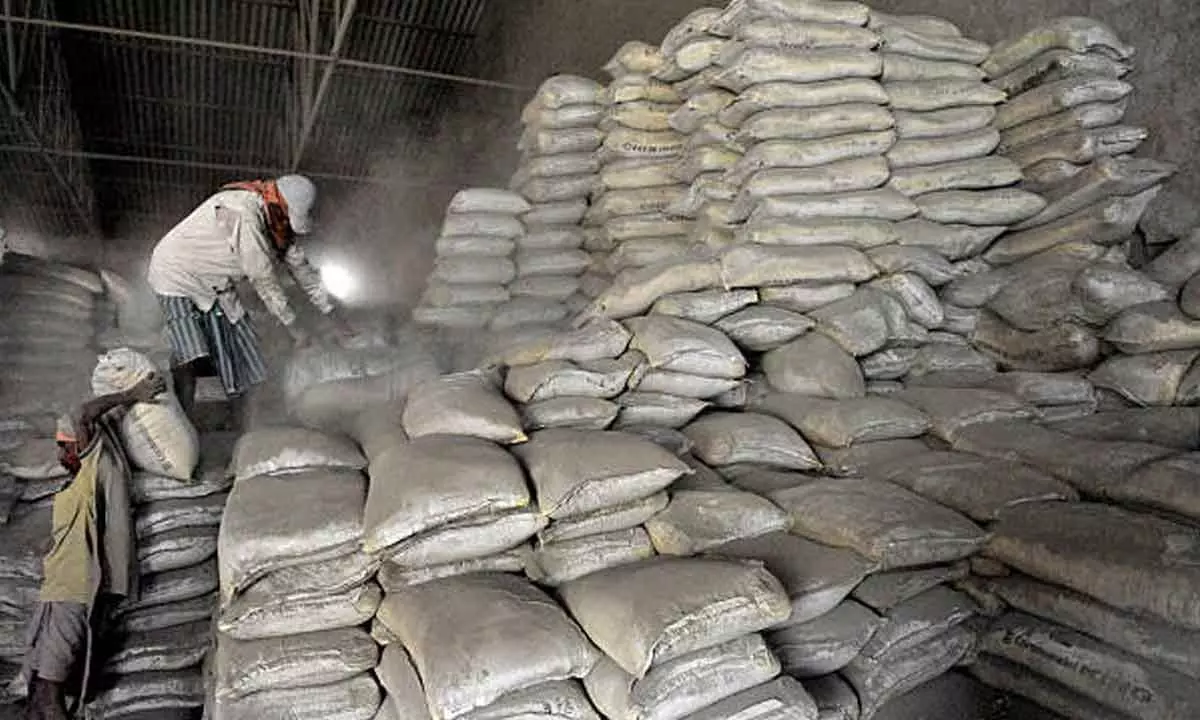High construction costs likely to wash away cement demand surge
Rural housing sector is on the move resulting in higher cement demand.
image for illustrative purpose

Rural housing sector is on the move resulting in higher cement demand. So is affordable housing demand from tier-2 and tier-3 cities, along with infrastructure sector. And riding piggyback on these, the overall cement demand is heading northwards. If things move the way, it is moving now, the cement demand is expected to grow by 7-8 per cent to around 382 million MT in FY23. However, high construction costs are likely to limit the demand uptick. One also has to keep in mind that although cement demand increased nearly 20 per cent on-year in the first half of fiscal 2022, it actually experienced an unexpected slowdown in the second half due to unseasonal rains, sand issues and labour unavailability, which pulled it down to close to seven per cent on-year growth for the full fiscal. This means that the cement demand could have been even higher and stronger than what it is now.
Quite significantly, the stronger demand post December 2021, has been matched by an equally strong production. The all-India cement production in 11M FY22 at 323 million MT is higher by 22 per cent Y-o-Y and four per cent than pre-Covid level of 11M FY21. The production was higher by 14-15 per cent Y-o-Y in December 2021-January 2022 and by 5 per cent Y-o-Y in February 2022. It is estimated that cement production is likely to grow by around 18-20 per cent and surpass pre-Covid level, to reach around 355 million MT by the end of FY22.
Having said all these, one must remember that the cement demand is expected to go further and stronger. The recent budgetary allocation of over Rs9.2 trillion towards agriculture, affordable housing and capital expenditure, primarily in roads and railways, is expected to augur well for cement demand. Not just on rural side or in tier-II and tier-III, on the urban real estate sector, the growth in hiring numbers, stable income levels and demand for better and larger homes on account of the shift to the hybrid working model in customer segments working in IT/ITES, BFSI and related sectors is likely to support demand going forward. Any production-demand analysis must keep that in mind.
Now, when it comes to pricing, cement prices have increased by nearly 4-5 per cent Y-o-Y in FY22, driven by the price hikes taken by the cement companies and to pass on the rising input cost, primarily power and fuel expenses and freight expenses. On the input costs front, the coal, pet coke and diesel prices remained higher in FY22 by 136 per cent, 73 per cent and 18 per cent Y-o-Y respectively. The coal and pet coke prices, which showed some easing in December 2021 – January 2022, started increasing in February-March 2022 due to the Russia-Ukraine crisis.
In value terms, after rising to Rs 390 per bag over the past 12 months, domestic cement prices are set to climb another Rs25-50 across regions in April as manufacturers start to pass on rising costs due to the Russia-Ukraine conflict. Among others, Brent crude oil prices rose close to 21 per cent on-month to average $115 per barrel in March and nearly 24 per cent sequentially in the closing quarter of last fiscal. For the full fiscal, the prices were up nearly 79 per cent on-year. Whether these cost pressures eventually cast a shadow on cement demand, going forward-remains to be seen.

